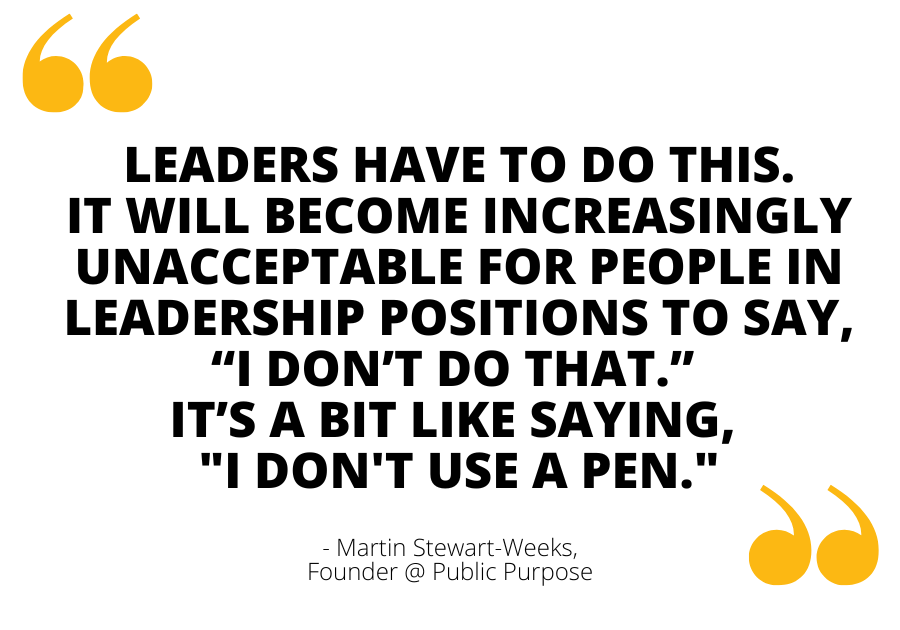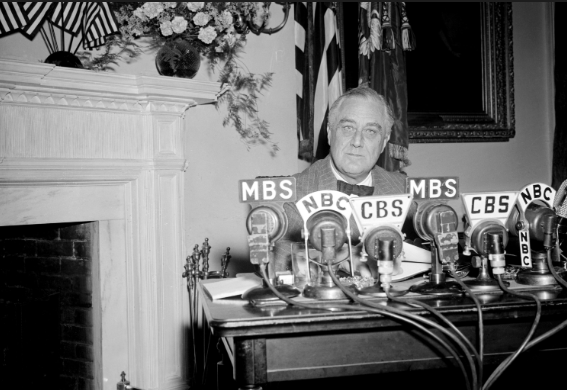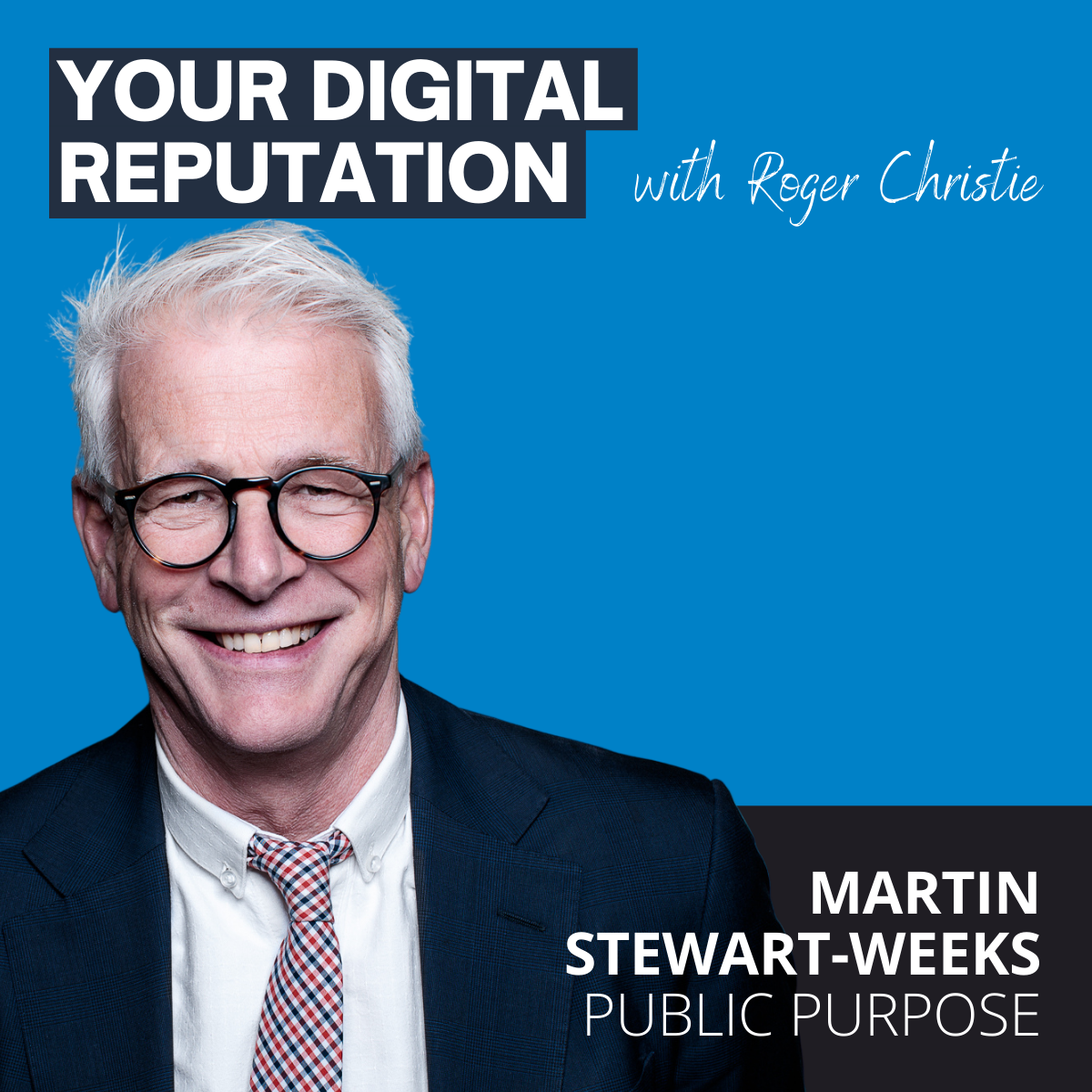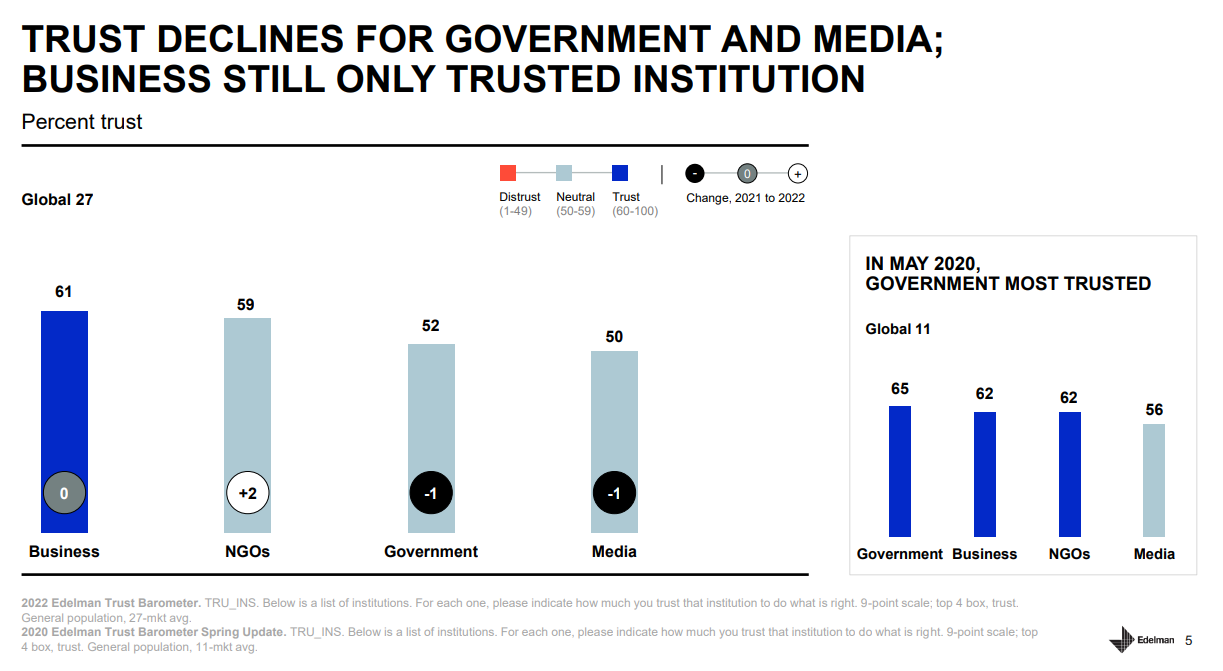In this episode of the Your Digital Reputation podcast, we’re asking the question, ‘Is digital transformation truly possible without digital leaders?’
Late last year I read an article in the Australian Financial Review that left me nodding my head furiously in agreement. The headline was, ‘Why public sector leaders need to change their style’. It was a joint piece written by AFR journalist Tom Burton, Deloitte’s Simon Cooper, and one of Australia’s leading authorities working at the intersection of policy and public sector reform, Technology and Innovation, Martin Stewart-Weeks @ Public Purpose. It talked about how the art and practice of public sector leadership was rapidly changing; driven by a perfect storm, if you will, of ongoing digital transformation, COVID and a dramatic shift in citizen expectations for government leaders to be much more visible and accountable.
What the article spelled out beautifully is the notion of a fifth often forgotten yet crucial dimension of leadership in our digital world: whether public or private sector, that is public profile storytelling & engagement. To put it bluntly, leaders today can do a wonderful job driving digital transformation behind the scenes, but if they fail to communicate progress, outcomes or even those speed bumps along the way, they will ultimately fail to win over stakeholders in the accessible searchable digital world we live in.
So unless leaders control the digital narrative around transformation, others will determine whether something is a success or failure. This is such a crucial topic of discussion right now particularly in the public sector, given the need for leaders to adapt to changing expectations around them. For leaders, if service delivery is now a given for audiences, digital storytelling can be your differentiator and secret weapon.
So it was an absolute pleasure to have Martin Stewart-Weeks, Public Purpose on the show to share his wisdom as founder of consultancy Public Purpose, a regular figure on government digital related task forces and boards and someone who has decades of state and federal government experience behind them.
Here’s a snapshot from our discussion. I hope you find it as valuable and insightful as I did.
Roger Christie: How would you say the best leaders are communicating both the journey and the destination of digital transformation, to staff, to media, the citizens? What sorts of things are they doing differently that makes them so effective?
Martin Stewart-Weeks: It’s a great question. And certainly I can’t claim to have done a sort of forensic analysis, but I’ve got a lot of experience watching how this happens in the world, certainly in the worlds that I move in. Here are a couple of observations I’d make.

Speed. Intensity. Regularity.
The first one, interestingly, is something around intensity and regularity. Part of the tradition in the public service and in politics, certainly when I started working in this game close to 35-40 years ago, was a tendency for political and economic communication to be relatively rare, relatively senior, and relatively static – a press conference, a press release or speech. By and large, it was an intermittent affair.
What I think we’re seeing in this new world, and in this new thoroughly digital world, is a real art of communicating regularly and quite intensely. Lots of messages, lots of stories, lots of interactions, and often quite small ones. You need to be using often particular moments in the work you’re doing; a goal or a milestone has been achieved in a project. As it happens, out you go and start telling this story. I think part of the skill, the art and practice of this new kind of communication is, if I can coin a phrase, do it early and do it often. That’s one dimension.

Small stories connected to the bigger story.
The second dimension. I think the answer is to start communicating often about relatively small pieces of the story so you can get people to concentrate on what’s happened and what’s been achieved – but then immediately find a way to link it to the big story. Don’t just leave them with the moment of achievement or the thing you’re dealing with or what you’re trying to achieve. You constantly have to move comfortably between the story itself and the broader context in which that story makes sense.
I think effective communication has always been about the ability to link your story with why that story makes sense. And what I find that these new, digitally capable, political and bureaucratic communicators are doing constantly is using small pieces of communication to get this sense of momentum, this sense of progress, but also the sense of context.
They don’t just leave people with one story or picture of the hurrah moment. But rather you are constantly reminded about why that matters and where it’s going and why this is step 43 and step 110 of the program – whatever the context is.
Roger Christie: This really helpful framing and I think also it talks to the journey that a lot of public sector agencies have been on around social media, which is more traditionally towards those larger, big budget, big impact brand campaigns, to today trying to use social media platforms to get targeted reach at scale in a cost effective manner.
So what you’re talking about there in terms of this approach, around small pieces of communications is very counter to the former and I love that. Recently, we’ve had conversations across both the public and private sector about this distinction between brand and individual. What we’re noticing is the nuance between brands telling human stories versus humans telling human stories. That’s a huge difference. A brand speaking on behalf of a person is still a brand, it’s still an agency, it’s still an entity. A person telling that story plugs in beautifully to the idea of intimacy at scale that can be delivered digitally.
You only need to look at things like the Edelman Trust Barometer to see the government has a trust crisis. Leaders, respective authorities in any space, when you look at it at an individual level, that’s where trust is greatest. And we need to find a way to harness this. I do firmly believe that as part of digital transformation, leaders themselves need to be part of that dialogue. They absolutely need to be a regular voice in that discussion online.
Martin Stewart-Weeks: This is really now coming back to that point in that article you refer to at the beginning that we put together late last year. Leaders have to do this. This is really becoming a key part of their toolkit. I think it will become increasingly unacceptable for people in leadership positions to sort of say, ‘Oh I’ll leave that to my comms people, or somebody else will write a couple of twitter messages for me – I don’t do that kind of thing”. It’s a bit like saying I don’t use a pen or I don’t use a computer. It just isn’t going to be okay, very shortly if it isn’t already, for leaders to effectively say, “Look, that’s just not my gig.” I think it has to be.

Roger Christie: As you were talking, I was thinking there’s something very resonant and very interesting there because it sounds paradoxical doesn’t it: intimacy at scale. It sounds like those two ideas are absolutely contradictory. And yet we do live in a world where we are now engaged with an exploration of new tools and platforms, which absolutely provide that opportunity if you do it.

Martin Stewart-Weeks: As you were talking, an image came back in my mind of old footage of what Franklin Roosevelt as a president used to call I think his fireside chats, which were basically literally him sitting next to his father in the White House, usually on radio, obviously, crackling fire in the background, having a little sort of quiet personal chat on a Sunday night, basically with the entire United States.
So on one level, you’d have to say, good politicians have always strived to find a way to be intimate with their citizens at scale. It is really intriguing. We did it through radio, to some extent we’ve played around with TV, but actually, this digital world is providing a range and sophistication of tools and platforms which we’ve never encountered before to make that paradox work.
It is actually possible, really possible to be intimate with a lot of people at the same time and have a wonderful political, bureaucratic and organisational effect if you’re prepared to learn how to harness these new rhythms and these new tools. They do demand a certain amount from you as a leader but if you’re prepared to step up, they offer you almost untold, unprecedented opportunities for engaging your communities – bearing in mind why that’s important in the first place, to give them a deep sense about what you’re doing on their behalf and why that’s important.
Click here to listen to Martin and Roger’s conversation in full.

